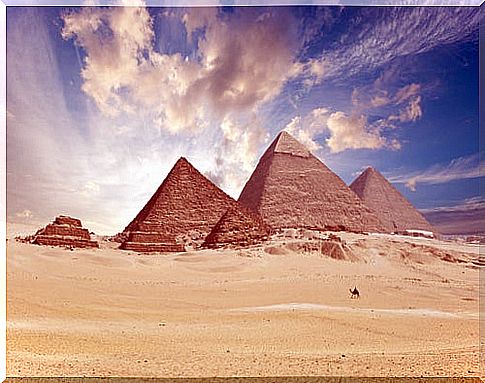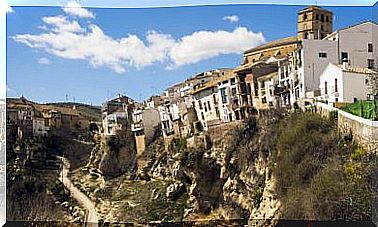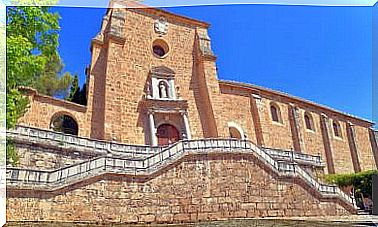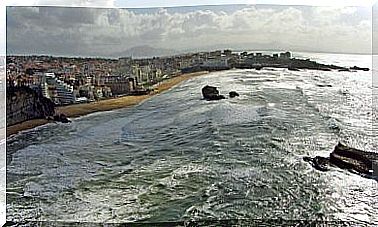History And Curiosities Of The Colossi Of Memnon
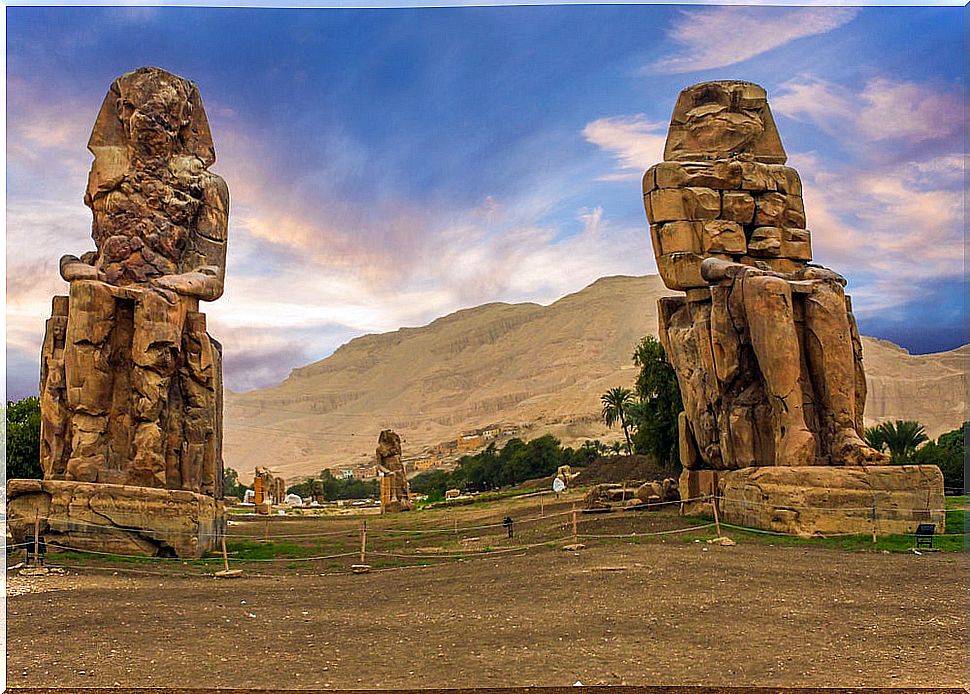
The Colossi of Memnon are two giant stone statues representing Pharaoh Amenhotep III. They are located in front of the Egyptian city of Luxor and are declared a World Heritage Site by UNESCO. We want to reveal to you the history and the legends that are told about these spectacular figures. Are you accompanying us on this trip to Ancient Egypt?
Learn about the origin and characteristics of the Colossi of Memnon
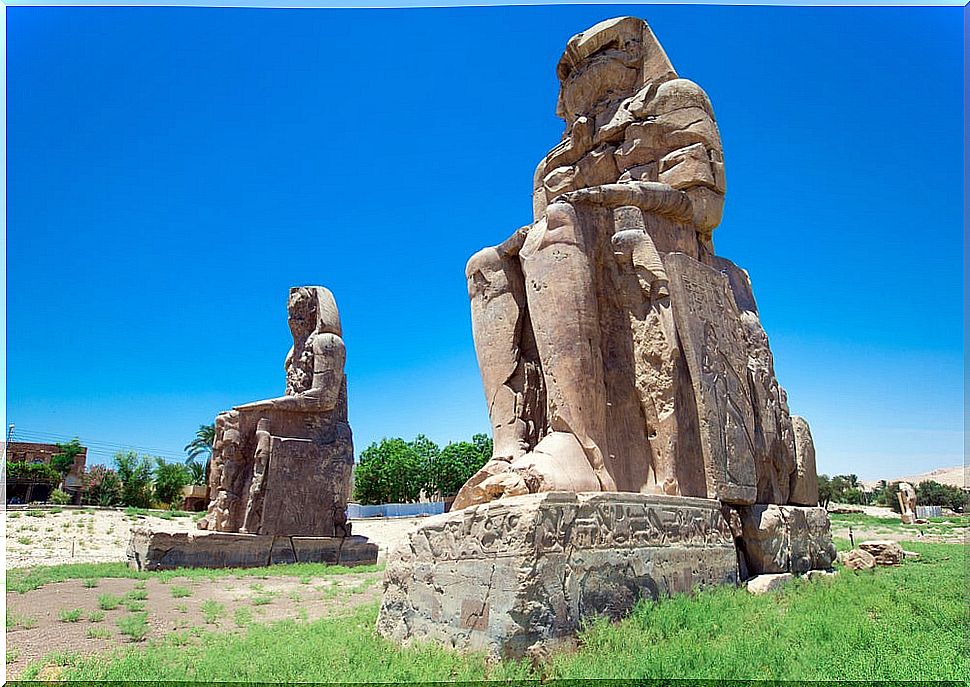
The sculptures were made by the architect Men in a single block of quartzite. Material that was possibly extracted from the quarries of Gebel el-Ahmar, near Cairo. The figures marked the entry point to the funerary temple of Amenhotep III. This was the ninth pharaoh of the 18th dynasty and reigned in Ancient Egypt about 3,4000 years ago.
This temple extended for almost a kilometer in length, being, therefore, an immense cult center in which the pharaoh was worshiped as a god on earth. In fact, the temple complex was the largest and most spectacular in all of Egypt, surpassing even the Karnak temple in dimensions.
Unfortunately, the temple, which was known as the Temple of Millions of Years of Amenhotep III, suffered extensive damage as a result of the annual floods of the Nile. Hence, later pharaohs decided to demolish it and reuse its materials to construct other buildings.
Details of the colossi
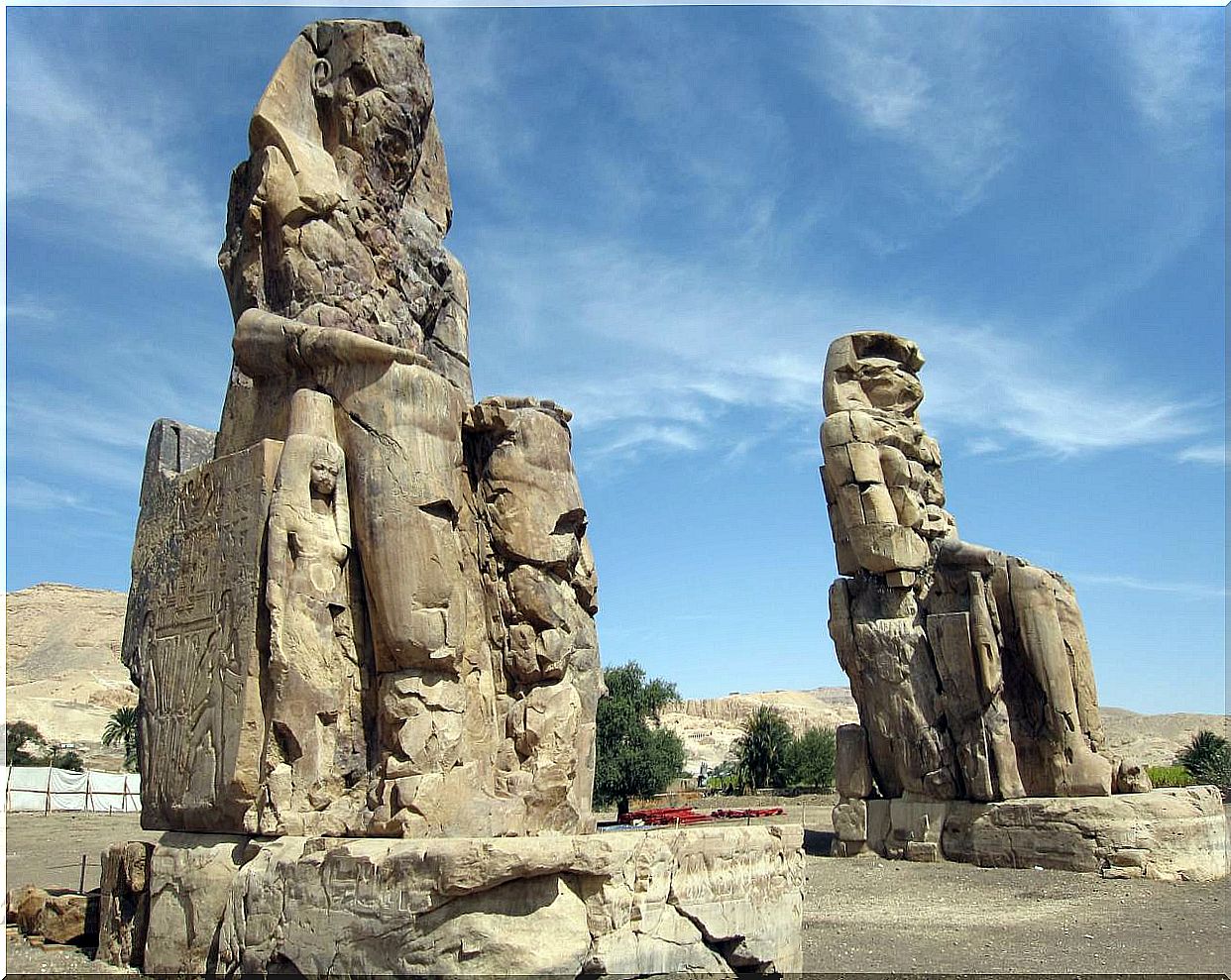
Returning to the seated sculptures of Amenhotep III, they are almost twenty meters high and weigh about a thousand tons. Several women are represented next to his legs. Among them are Mutemwya, mother of the pharaoh; Tiyi, his wife; and one of his daughters, whose name is unknown.
Also, the side panels located on both sides of each statue retain various inscriptions. You can see hieroglyphs with the protocol of the pharaoh, or the bas-reliefs that show the god Hapy, emblem of abundance and the gifts of the Nile, knotting the symbol of the union of Upper and Lower Egypt.
As if these two colossi were not imposing enough, there were four others that fell and that an international mission is currently trying to recover. One of them, weighing 300 tons, has been rebuilt thanks to the work of the Spanish archaeologist Miguel Ángel López Marcos.
The Legend of the Song of the Colossi of Memnon
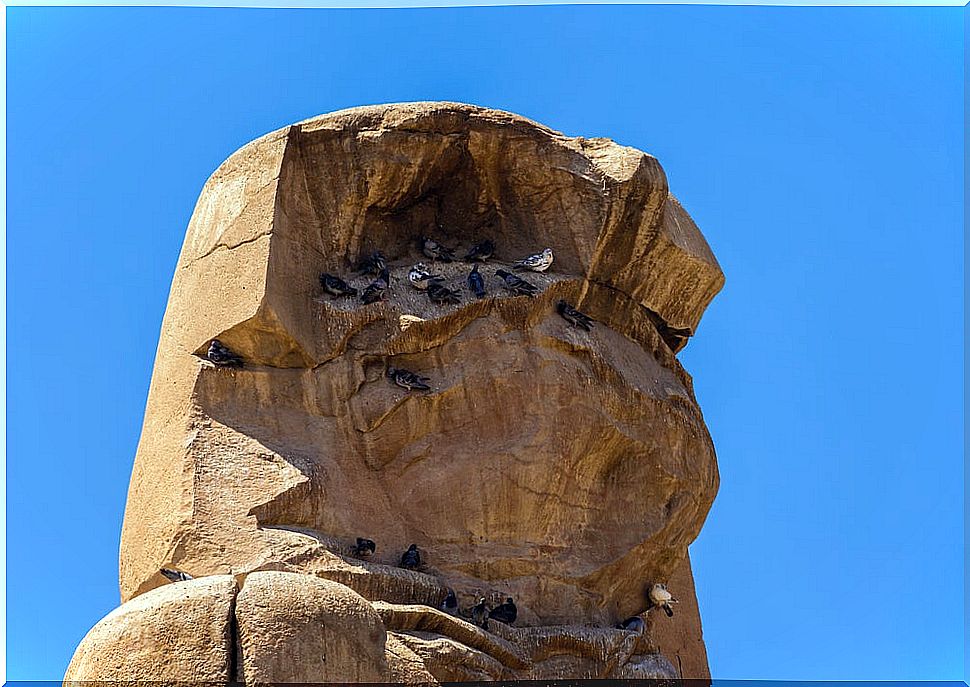
An earthquake in 27 BC damaged the Colossi of Memnon. Since then, it was said that the statues “sang” every morning at dawn, as the one located further south produced a strange musical sound. Dozens of Greek and Roman tourists then decided to move to the place to witness this phenomenon.
Among those curious visitors was Strabo, a historian and geographer from Greece, who said the hypothetical song sounded like a coup. He also traveled to hear the Pausanias phenomenon, which compared the sound to that of the strings of a lyre. Other lesser-known tourists did not hesitate to leave their inscription on the base of the statue.
However, since the Roman Emperor Septimius decided to repair the statue in 199 AD the strange musical sound has not been heard again. And it is that the phenomenon was surely produced by the increase in temperatures and the evaporation of the dew that passed through the cracks of the statue.
The legend about his name
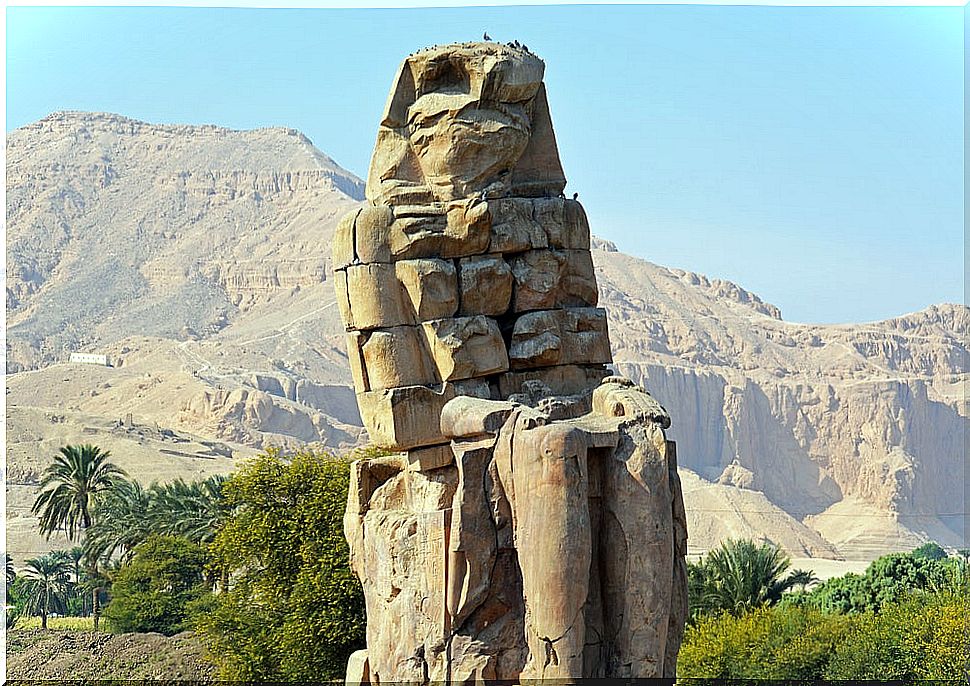
On the other hand, there is a theory that the famous sound earned the colossi their name, since Memnon was a king of Ethiopia who led his armies to Troy and died at the hands of Achilles. His mother Eos, the goddess of the dawn, began to shed tears of dew every morning as a sign of mourning, an action that was related to the “singing” of the statues.
The other theory of the name of the colossi maintains that to the Greek travelers, the real pronunciation of Amenhotep, “Phamenoth”, reminded them of Memnon. In fact, many visitors believed that the statues represented the hero of the Trojan War, rather than the famous Egyptian pharaoh.
